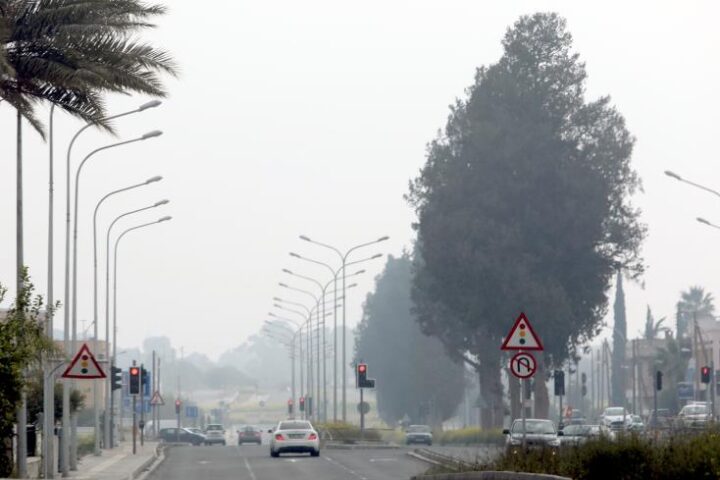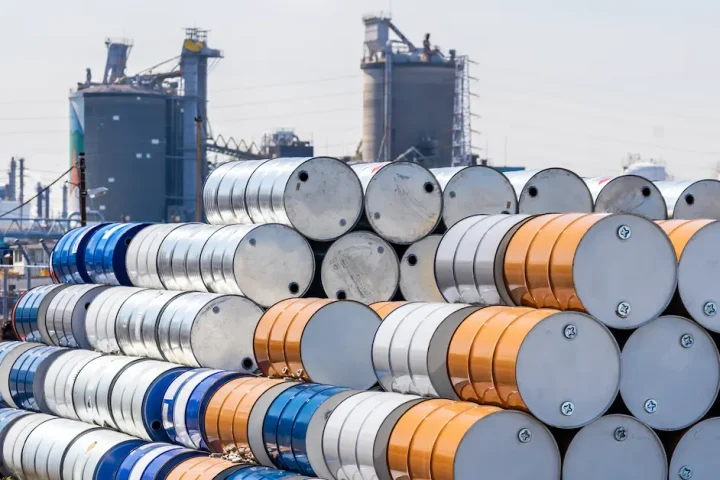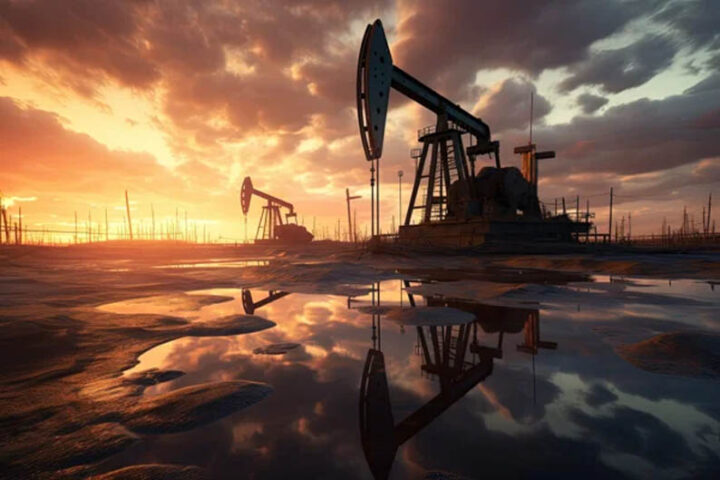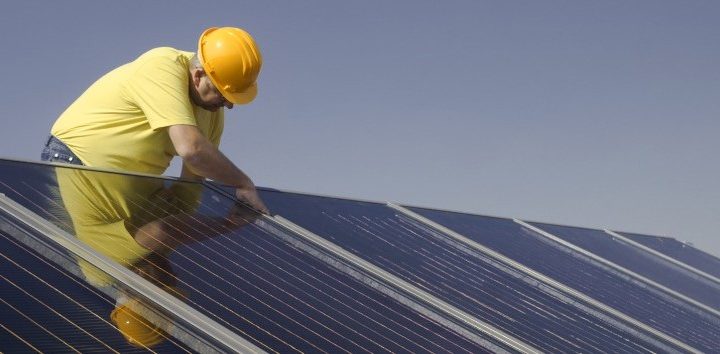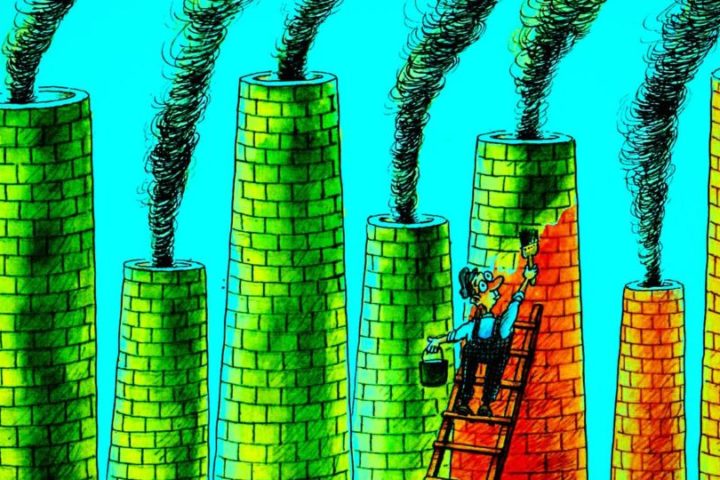Europe is reeling in shock after assault upon assault by President Trump’s team on the economic and political fronts.
European leaders need to speed up efforts to take control of their future, with their decisions, as well as the speed with which they implement them, determining to a great extent their energy plans.
OPEC expects oil demand to grow by 18 mln b/d to 120 mln b/d by 2050 due to population growth rising from 8.1 bln to 9.7 bln), as well as global GDP more than doubling to $358 trln. At the same time, some 800 mln people are expected to be moving into cities and urban areas, a further strain on power producers.
Trump wants OPEC to pump more crude oil in order to lower prices, but the cartel is not budging. With Saudi Arabia focused on Vision 2030 and OPEC prioritising market control over politics, Trump’s request is likely to face his first major reality check.
Upstream companies might have to break their capital discipline rules. Stronger-for-longer oil and gas demand would have huge implications for the upstream industry responsible for delivering the supply. Pressure will intensify to invest more.
According to the Oxford Institute for Energy Studies (OIES), Russian oil and gas registered its second highest level in the past seven years in rouble terms and accounted for 30% of the country’s total federal budget. This contrasts with the mid 2010s, when it accounted for nearly 50% of revenues, suggesting a more diversified economy.
Despite views of the opposite, Russia’s oil machine keeps running, with the IEA saying output rose 100,000 b/d in January despite new sanctions.
The IEA expects global oil supply to increase by 1.6 mln b/d to 104.5 mln b/d in 2025, with the Americas leading in production growth.
Chevron announced that it will cut 15-20% of its workforce as it looks to make $3 bln worth of savings by 2026. It has also struggled to close a $53 bln deal to acquire Hess and enter the growing Guyanese oil industry.
US has slapped sanctions on the Iranian oil tanker network, resuming a campaign of ‘maximum pressure’. Stricter enforcement is putting up to 1 mln b/d of supply at risk.
As US oil sanctions bite, Iran’s economy is going into a freefall, with the rial hitting record lows, resulting in mounting public anger.
Vladimir Putin has suggested the need for energy talks among the leaders of Russia, Saudi Arabia and the US, as the three countries account for about 40% of the world’s total oil liquids supply.
Natgas to remain stable power driver
European gas prices declined by close to 20% since their peak on 10 February, on the expectation of a Ukraine peace deal.
EU gas demand dropped 20% since the Covid coronavirus epidemic, from 425 bcm in 2010, to 395 bcm in 2021, and 315 bcm in 2024, but natural gas will remain a pillar of European power generation.
Despite the focus on decarbonisation, both nuclear and natural gas will continue to serve as two important pillars of the EU’s power sector. They remain vital to the provision of flexible and firm power.
On a worldwide basis, more than 200 million tonnes of new LNG capacity, mostly from the US and Qatar, currently under construction, is expected to flood the market before 2030, bringing gas prices further down.
A giant gas field discovery could power Britain for a decade. Egdon Resources discovered the field onshore at Gainsborough. Exploiting it could add up to £112 bln to the UK’s GDP and create tens of thousands of jobs.
BP announced start of production from Raven Second Development Phase, offshore Egypt. It has also made a new petroleum and gas discovery in the King Mariout area in the northern Mediterranean.
Europe split between East and West
Europe had a wake-up call. Internal disagreements are just as serious a problem as external pressure from the US and Russia. The EU must take seriously the need to find its strategic purpose and military capacity.
The Economist asks: “Will Europe return to Putin’s gas?” A deal with the devil would boost the continent’s miserable economy, as the first proper winter in three years had already reignited energy debates.
European gas faces déjà vu all over again. Until the continent fixes its underlying energy mix it will find it hard to fully quash the siren song of Russian imports. The EU’s gas equilibrium now rests on shaky bases.
The EU will discuss ‘anything’ to avoid Trump tariffs.
“Whatever it takes”, said the Commission trade chief, including boosting purchases of US goods such as LNG.
The EU is considering backing investments in overseas fossil fuel infrastructure and shifting to long-term contracts to cut the high energy prices damaging European industries.
There is increasing criticism that overburdening regulations mean that the EU economy is not growing.
European natural gas benchmark TTF surged above €58 per MWh early February. Put it in oil terms, it has reached the $100/b of oil equivalent level. Absolutely destructive for energy-intensive manufacturing.
With the cold weather continuing, Europe’s gas storage continues to empty at an unusually rapid rate. Storage facilities were less than 51% full on February 5 compared with more than 68% full on the same day in 2024 and 70% full in 2023. The rapid draw-down has pushed futures contracts sharply higher.
German manufacturing job losses deepen fears over industrial decline. Data highlights the struggle of Europe’s biggest economy to cope with high energy costs.
Energy-intensive industry production is down 20% from pre-Covid levels.
France is urging Brussels to delay EU green rules for business indefinitely.
The French economy minister has called for focus on slowing the growth of laws that complicate life for companies, while there is also growing criticism across the EU over ‘disproportionate’ ESG regulations.
Siemens Energy boss warned that the EU is “completely overshooting the mark” on green rules. The European Commission faces a backlash over regulations as President Trump’s agenda deepens concerns over the region’s competitiveness.
Cyprus and Egypt signed inter-governmental Natural Gas Agreements to export Aphrodite and Cronos gas to Egypt. A step forward, but only the beginning. Eni’s Cronos gasfield in block 6 is likely to be developed first.
US insists on oil and gas
President Trump formally created the US National Energy Dominance Council at the White House to boost US oil and gas. But again, the list of energy sources exclude wind and solar. He also approved LNG exports.
Donals Trump said he and Russia’s Vladimir Putin agreed to begin negotiating to end the war in Ukraine, signaling a major shift in US policy toward the conflict.
The FT is warning that Trump’s reckless experiment with financial deregulation and mindless slashing of red tape pose a threat to market stability.
China looks to reinforce own sources
China is tightening its grip on tech, minerals and engineers as the trade war spirals, aiming to keep critical knowhow and materials within its borders.
China’s new 15% tariff on US LNG is already shifting global trade flows. No US LNG is currently en route to China.
In China, 95GW new coal-fired generators started construction in 2024, the biggest number since 2015. Local governments also sped up permits for future plants, approving 67GW of new capacity.
China wants affordable energy security. Coal delivers that.
China’s energy shift is a balancing act between fossil fuels and renewables, changing its focus from rapid economic growth to national security and stability.
In China, market-oriented reform of new energy means “the era of fixed tariffs for new power generation is over” and that renewable power will “no longer enjoy the advantages of beneficial tariff policies and will need to compete with other sources of power”
Dr Charles Ellinas is Councilor at the Atlantic Council
X: @CharlesEllinas



